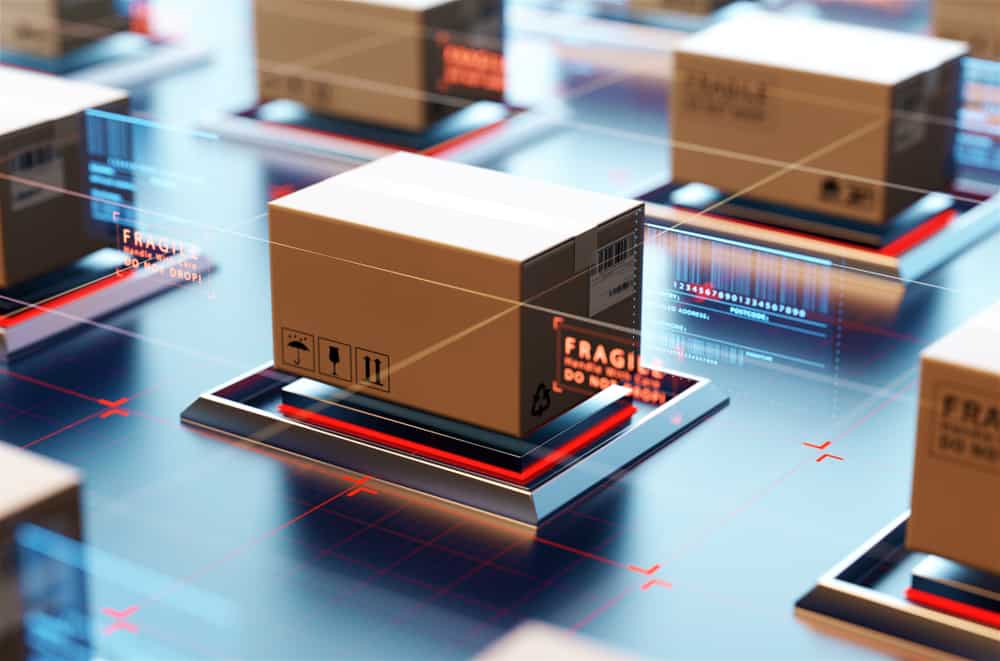
Every decade witnesses the dawn of a technology that companies across different verticals blindly rush to work in, stricken by the fear-of-missing-out (FOMO) phenomena – even if the technology under concern remains a buzzword jargon with no immediate or foreseeable utility. In a way, though the technology of artificial intelligence has been around the transportation industry for quite a while, it still remains shrouded as only a few companies have had the wherewithal to construe mileage out of it.
“It is nice to talk about AI and the results of it, but transportation companies should not implement AI for the sake of implementing it. The critical dimension has always been to see what the commercial incentive of any technology would be,” said Alex Hoffmann, managing director of TNX Logistics, a German-based logistics startup.
However, it would be to the advantage of transportation and logistics companies if they could effectively harness the millions of data points that flow through their systems and create solutions to improve productivity, like the case of predictive analytics.
“The AI revolution is not going to be a slow trickle, but a big rush. One of the things where AI has been driving the industry is where you have true complexity. The people that are thriving with AI are the ones that have large operations and have other stuff in order,” said Hoffmann. “These are companies that have good assets but have operations that can weigh the costs up for a day or two, and so they can pick amongst the pool of their own fleets and external sources from subcontractors in the spot market, while having the operational whereabouts to actually do that. I think these are usually the ones I’d expect to thrive.”
Hoffmann spoke about how AI could help freight forwarders circumvent their issues with subcontractors who could make logistics planning complicated. “For a subcontractor, there are a bunch of different contractual relationships on balance, with them having discretion over accepting jobs, pricing terms, and about how much time they have committed to you,” he said. “So the challenge that you would face as a freight forwarder or as a shipper is you can’t always be certain that the subcontractor would do what you tell him to do.
Companies that overly rely on subcontractors while presuming that they would do their bidding, might run into problems if they don’t. What AI could do here is to make the uncertainties go away, and make this part of planning actually plannable to a reasonably consistent degree. For instance, artificial intelligence could help curate the subcontractors that are more inclined to pick up jobs, the pricing slabs they opt for, and in the bigger context, the best strategy to optimize prices with these subcontractors.
That being said, there do exist situations where the role of AI is over anticipated, and places where AI is considerably more effective than what people think it to be. “One of the key places where AI is more valuable than people think is in the planning phase, where you have a dispatch sitting in the office, and you need to construct a plan. Dispatchers have been doing that for years, and still do it through softwares they don’t trust or softwares that don’t work,” said Hoffmann. “AI can help with these plans, guide them through the process, figure out the decisions they are continuously making in the computer, deal with uncertainties, issues arriving while planning a route – things that a classical software can’t tackle.”
The trick is in finding the right balance between classical optimization and AI-enhanced approaches, with the latter edging ahead in capturing certain things in the logistic planning process. For instance, predictive ETA is an interesting facet to look at from the customer service perspective, as customers show up at random times to repair shops. AI could greatly help in identifying when an equipment could break down, helping structure periodic maintenance visits.
Machine learning models can also help with route planning, especially with large logistics companies like UPS or FedEx, who can reshuffle routes depending on space in the delivery truck and traffic conditions. “But this requires a fairly specific organizational setup as it is a statistical transport challenge, and is a bit more niche compared to transporters with just 6-10 LTLs going from A to B in a predictable manner,” said Hoffmann.
Hoffmann added that he would like to see the AI revolution take root in Europe, as the continent has seen various instances of bottlenecks at distribution centers, where trucks await unloading for hours at a stretch. “The key message is to just do it. There is a lot of mature technology already in the warehouse space, like famous examples of the Amazon robots that move freight around in the warehouse. You should see if the technology works, and if it does, look at what it can do for you commercially. If you introduce it to planning, there is every reason to believe that it would get you a good RoI” he said.











